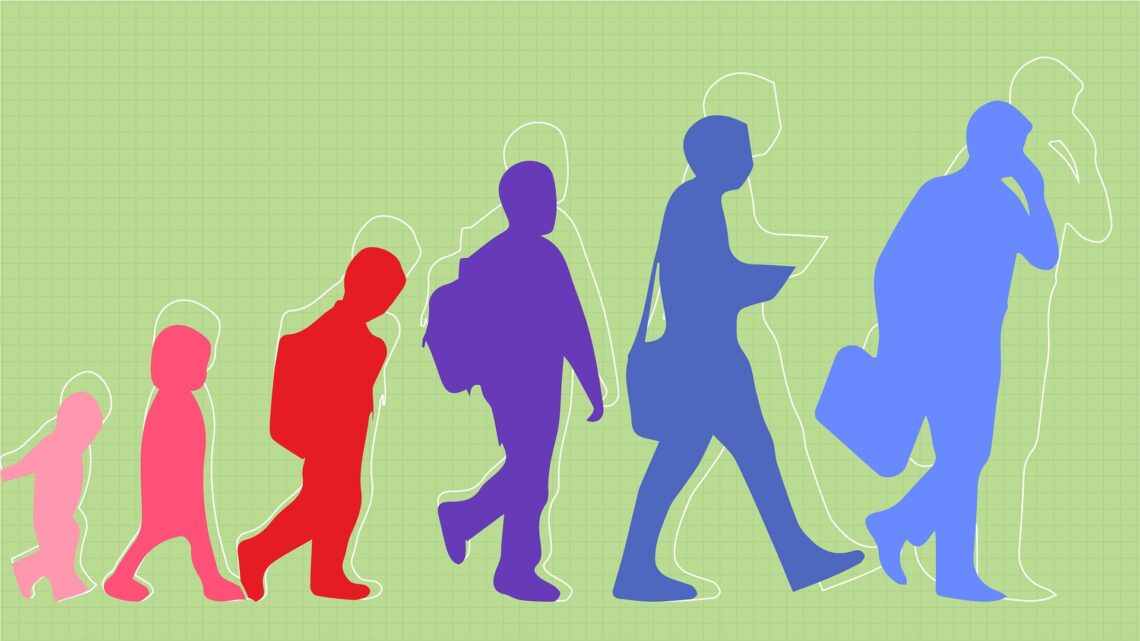“Educators understand and apply knowledge of student growth and development” – Taken from BCTC’s Professional Standards for BC Educators.
During my 490 four week practicum at Southridge Elementary, I was constantly working to better understand the individual and group learning differences and needs present in this particular classroom and I was also using the knowledge and information I gained to help guide my decisions regarding curriculum, instruction, and assessment. This particular class of students had complex and diverse needs and abilities but they all shared a common thread of enjoying being active and social with one another and struggling to sit still without getting distracted or fidgety. I leaned into the social and active nature of the students in this particular classroom and used this to my advantage- I got students up and moving around and interacting and engaging with one another in some format in every lesson I taught which led to greater engagement, understanding of, and connection to the curriculum material I was trying to teach. This helped to create a positive atmosphere in the classroom environment where every student felt safe and welcome to participate in the lessons and the learning process to the best of their abilities and no one was held back from participation because the lessons met the needs of the diverse students in the class- there were opportunities for higher-order thinking and further engagement with the materials but the lesson itself fit into the abilities and learning capabilities of every student in the classroom at once. Because I was able to tailor the lessons to the students’ learning needs on both an individual and group level, not only was everyone included and excited about the learning that was occurring they had so much fun that they didn’t even realize they were learning (I would have at least one student say after every lesson “I can’t believe we were just learning math/science/social studies during this lesson. It did not feel like we were doing that at all it just felt like we were having fun together”.)
I had prior experience with diverse needs and abilities in the classroom during my 391 three week practicum at Nukko Lake Elementary but not to the same extent as I just experienced in my 490 practicum. I am grateful for the difficulties and challenges I experienced in regards to diversity in student needs and abilities because it reminded me that building relationships with students is the key component to achieving success in the classroom- learning cannot happen until the social and emotional needs of the students are met and these needs cannot be met properly without a pre-existing relationship because without this piece, a teacher would not know the correct strategies and procedures to use and follow. I will always remember the importance of relationship building and getting to know your students and I will be actively continuing this throughout the entirety of the school year. Students are with you as a teacher for 10 months and during elementary school years, a lot of development and change can happen in this short period of time and this is why it is important to continue relationship building, asking questions to get to know your students better, to continue asking questions throughout the learning process to monitor growth and progress, and more.
